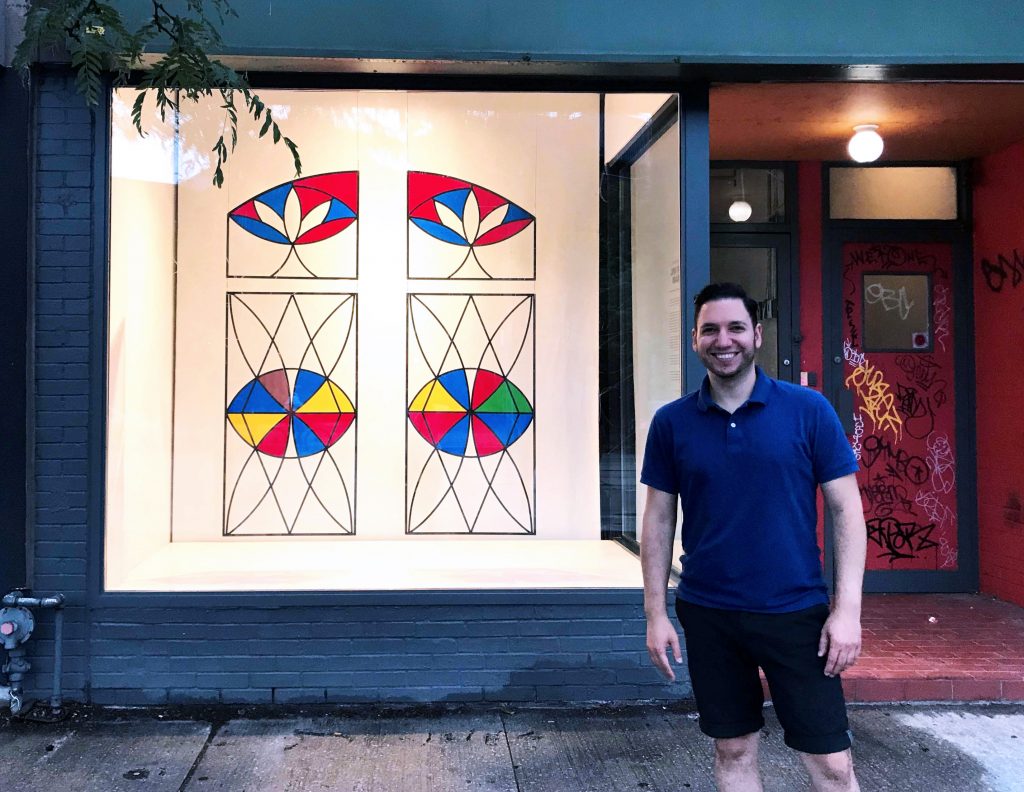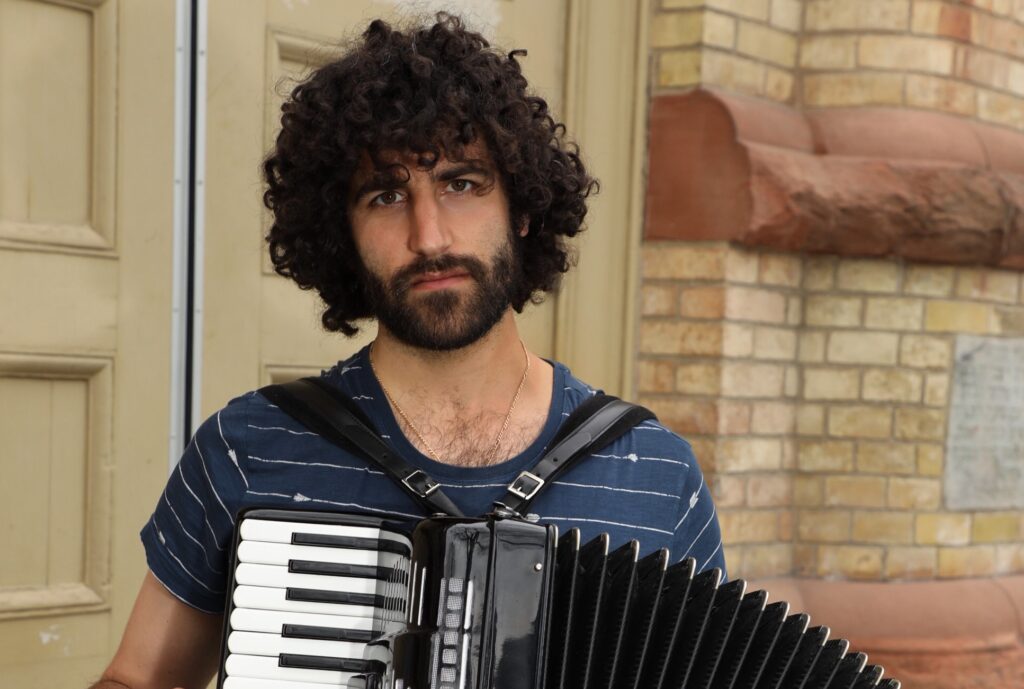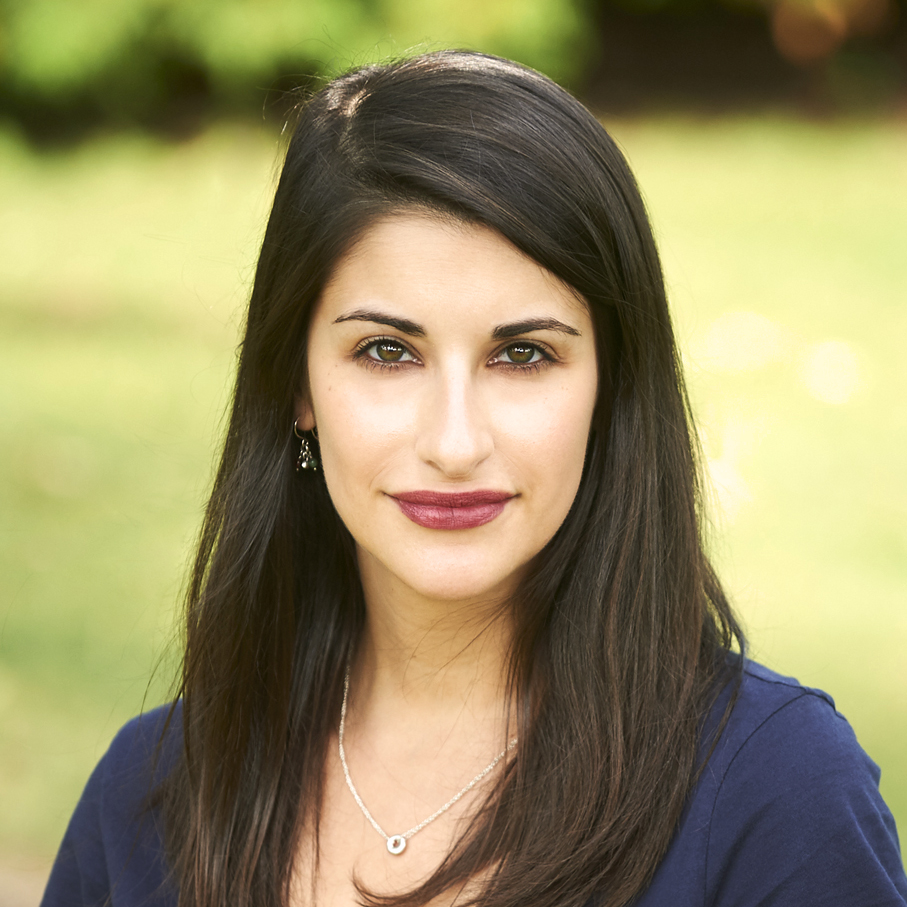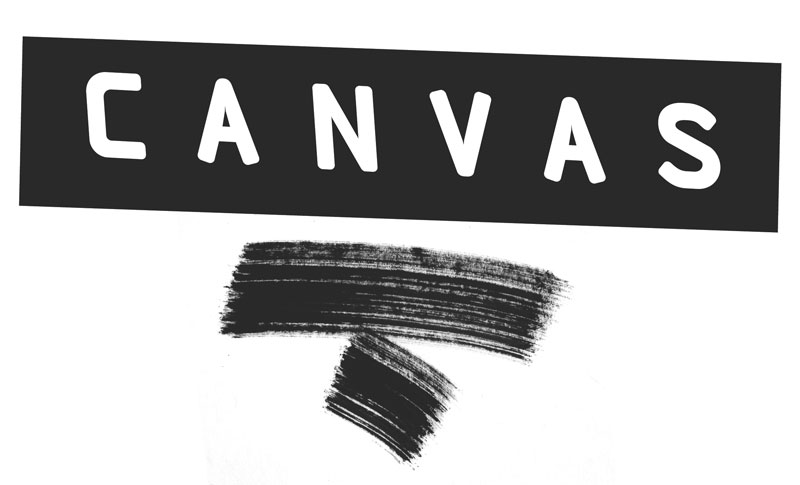Amidst the global coronavirus pandemic, FENTSTER in downtown Toronto has opened What Will Remain, a new exhibition in its window gallery to bring art to the city during challenging times.
Toronto artist Robert Davidovitz has created a stained glass sculpture as an homage to his roots in Vilna and to the fragile material that buttressed his family for generations. For this original work created for the FENTSTER window gallery, the artist embraces a family practice that began with his grandfather, Motel, who repaired broken windows in post-war Vilna to support his young family and then continued with his father Meir who in turn opened a window business upon immigrating to Israel in the 70s, often restoring synagogue stained glass. Windows were again the family’s entré into a new life after moving to Canada.
We interviewed Robert, and discussed his artistic process and the recent project. Learn more about the artwork and the artist in the conversation below.
Kultura Collective: Tell us about yourself and your artistic work.
Robert Davidovitz: I’m a visual artist based in Toronto, working primarily in painting, weaving, and most recently stained glass. In my studio practice, I am interested in the materiality of paint, and best known for my series “Woven Paint.” For my woven paintings, I extrude strands of acrylic paint through a piping bag, that once dry, is intricately hand-woven into textiles. I am grateful to have received past support from the Canada Council for the Arts, Ontario Arts Council, and Toronto Arts Council. My work has been shown around Toronto and throughout Ontario, as well as Pittsburgh, Pennsylvania.

KC: What inspired your installation for FENTSTER?
RD: I only recently learned how my grandparents survived the Holocaust. It had a profound impact on me, and I was inspired to pay homage to my family’s history and the city of Vilna/Vilnius where they were from. They were able to escape Vilna prior to the Nazi invasion of the Soviet Union in 1941, and flee to Uzbekistan. They returned to their hometown in 1945 to discover that their family (who stayed behind) had been murdered and their home was destroyed. For many years after, my grandfather made a living repairing windows and replacing broken glass to support his family.
I believe that my father was inspired by his father’s experience when he immigrated to Israel with my mother in the early 70’s, and started a successful window company. When my family moved to Canada in the late 80’s, my dad embarked on another window business, and although the business model changed since then, the stained glass studio still exists. Growing up in the mid-1990’s, I showed an interest in stained glass, and my dad and older brother mentored me as I spent my teen years learning how to cut glass and assemble it into windows. When I pursued my formal education in visual arts, I moved on from glass, experimenting with drawing, painting, photography, etc. Glass was the first medium that I explored, and as such, this FENTSTER project signifies a “full-circle” return to my artistic roots.
I was also inspired directly by the artist Marc Chagall, who visited Vilna before the war. In my research for this project, I came across a painting by Chagall that depicted the interior of the Vilna Gaon’s private synagogue with large colourful stained glass windows. When I came across this image, I instantly knew I wanted to recreate these lost stained glass windows. Sadly the synagogue/kloyz was destroyed in the war, and so Chagall’s painting is actually the only record that informs us what colours of glass were used in these windows. Materializing these objects was meaningful to me because it connected me directly to my family’s experience living in Vilna, and my grandfather’s experience repairing broken windows after the war, and also to a renowned Jewish artist who I greatly admire.

KC: What are the unique possibilities and challenges of making a work for a window gallery?
RD: This installation is my first site specific public artwork. As a window gallery in downtown Toronto, the work is accessible 24/7. The possibility that anyone can visit the installation from the safety of a sidewalk, bike path, or a vehicle, is quite a unique way to experience art.
One of the most wonderful parts of this project was working with Evelyn Tauben, the curator of FENTSTER. Her help and support throughout the process was incredible, and I’m so grateful to her for this opportunity.
As a window gallery, I had to think about the scale in a different way. I wanted the work to be large, and ultimately it was the size of the space that determined the scale of the work. The reflections on the glass walls in daytime also proved a challenge. I worked with an amazing lighting designer – Nick Blais – to combat these reflections, and we were also able to find the right balance with how the light illuminated the stained glass at night. It’s been neat to watch people discover the piece by accident walking on the street and stumbling onto the coloured light cast on the ground.

KC: What was it like creating this piece during this time of lockdown?
RD: The project was ambitious because I don’t usually work in glass but creating it during these circumstances felt surreal. With the help of my older brother, who I self-isolated with in order to help me with the production of the piece, l was able to pull it off. An important part of the process was actually breaking the glass after the stained glass window was constructed. It was a response to the brokenness in my family’s history, the brokenness in Jewish history. I broke the piece on Yom Hashoah – Holocaust Remembrance Day, without actually realizing it at the time. So here I was breaking glass inspired by windows that were destroyed in the war on the 75th anniversary of commemorating the tragedy of the Holocaust. The idea of brokenness actually took on a new meaning for me during lockdown.

KC: How has the pandemic affected the way you think about this project?
RD: Three words come to mind: connectivity, community and support. One of the most interesting aspects of this experience was the virtual opening reception, which was done through a live streamed Facebook event. Needless to say, I had never experienced anything like it. Creating and presenting this piece during a global pandemic has only heightened the metaphor of fragility, not only of the Jewish experience but also of the human experience. Yet, like the piece itself which is broken and imperfect, the outcome was one of strength and triumph. Nowhere but on Facebook could an art opening welcome people from all over the world who could document their comments on a link that could be accessed anytime, anyplace.

KC: What are you working on now in your studio?
RD: This project inspired me to continue working in the medium of stained glass. I am currently exploring the possibility of combining glass with other media such as paint. Throughout my career I have been drawn to conceptual challenges and explorations, and I am most excited to continue exploring my roots.
Robert Davidovitz is an Israeli born, Toronto-based artist. He received his B.A. in Visual Arts from York University. Best known for his “Woven Paint” series, his work has been exhibited in public galleries and museums including Durham Art Gallery, Thames Art Gallery, Harbourfront Centre, and most recently at Museum London. Davidovitz has been awarded grants from the Canada Council for the Arts, the Ontario Arts Council, and the Toronto Arts Council, and has been featured in various publications and press including the Huffington Post, Moco Loco, and Bizarre Beyond Belief.
What Will Remain continues until September 21, 2020. FENTSTER exhibitions are on view 24/7 at 402 College Street. Visitors are requested to maintain physical distancing precautions at all times.
The online opening for What Will Remain can be viewed here with special guests Barbara Kirshenblatt-Gimblett (leading international curator / scholar) and acclaimed Yiddish singer, Sarah Gordon.








